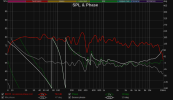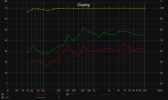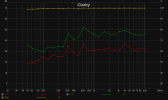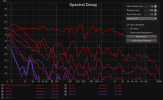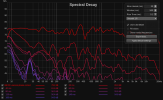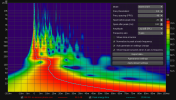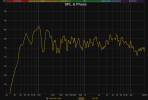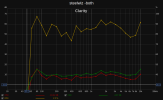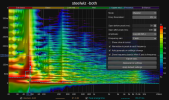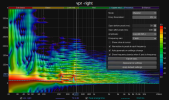I've come across a very interesting thread which states that a C50 in Bass above 10db (even better 15db) is perceived as a tight and impactful bass
"A correlation exists and is related to better GD as well and time alignment around the sub-mains xo. Even if theoretically C50 is a metric supposedly more in line with speech. I already knew that, but my own listening tests agree with the improved measurements making the bass line “better”. It’s not just a difference in SPL or frequency amplitude by any means."

 www.audiosciencereview.com
www.audiosciencereview.com
This is the latest measurement of my system in a light treated room:

How is clarity in bass measured and are absorbers the only way to increase clarity? What about double bass arrays and distributed bass arrays like "the swarm" (http://www.audiokinesis.com/the-swarm-subwoofer-system-1.html) Do they only flatten the bass response or does it do something for clarity too?
I'd be grateful if somebody could share a page or a paper that explains how clarity is measured.
"A correlation exists and is related to better GD as well and time alignment around the sub-mains xo. Even if theoretically C50 is a metric supposedly more in line with speech. I already knew that, but my own listening tests agree with the improved measurements making the bass line “better”. It’s not just a difference in SPL or frequency amplitude by any means."

Measure your C50 in REW and tell us how your bass sounds!
You are all invited to participate in this experiment to test the idea that a high C50 value as measured by REW equates to good, tight sounding bass. The idea here is that some value of C50 may correlate to subjectively good sounding bass in listening rooms. We're specifically looking at the C50...
 www.audiosciencereview.com
www.audiosciencereview.com
This is the latest measurement of my system in a light treated room:
How is clarity in bass measured and are absorbers the only way to increase clarity? What about double bass arrays and distributed bass arrays like "the swarm" (http://www.audiokinesis.com/the-swarm-subwoofer-system-1.html) Do they only flatten the bass response or does it do something for clarity too?
I'd be grateful if somebody could share a page or a paper that explains how clarity is measured.

